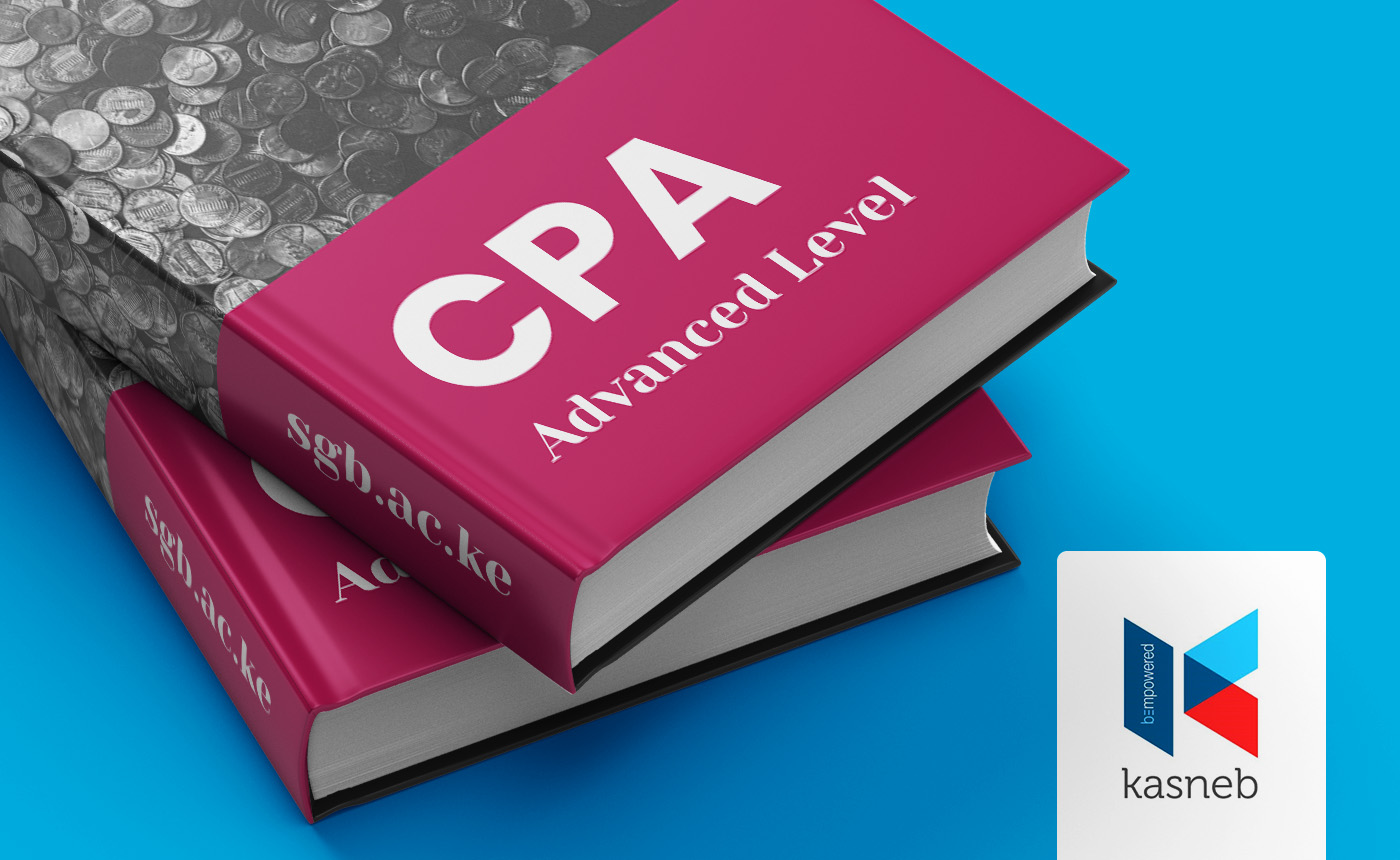Phone: +254 700 524589 | +254 782 524589 Email: [email protected]

About Course
The Professional courses are administered at Foundation, Intermediate and Advanced Levels. Each level requires an average of one year, though candidates are advised to provide for an additional one year to meet requirements for internship/ practical experience.
A student must book for a minimum of three papers in a level in any order unless is exempted or has credits.
Prior to certification, candidates will be required to:
- Attend workshops on ethics, soft skills and emerging issues organised by kasneb and ICPAK and earn IPD hours.
- Obtain 1-Year practical experience, or alternatively attend workshops on work based simulation organised by kasneb and ICPAK.
This course is aimed at persons who wish to qualify and work or practice as professional accountants, auditors, finance managers, tax managers and consultants in related areas in both public and private sectors.
Course Content
overview
1. Introduction to Public Financial Management
2. Public sector procurement
3. The role of Accounting officer in management of Public Funds
4. Management of Public Debts in both National and County Governments’
5. Public Sector Investment and enterprise management
6. Public Financial Management Reforms in Kenya
7. Internal Auditing in the Public sector
8. The Office of Auditor General
9. Appointment of Receivers of Revenue
10. Management of Consolidated Fund Services and Exchequer Accounts
11. Management of Revenues in County Governments
12. Public sector Budgeting and Planning
PAST PAPERS
CLASS RECORDING (SEPT-DEC 2024)
Student Ratings & Reviews

No Review Yet
